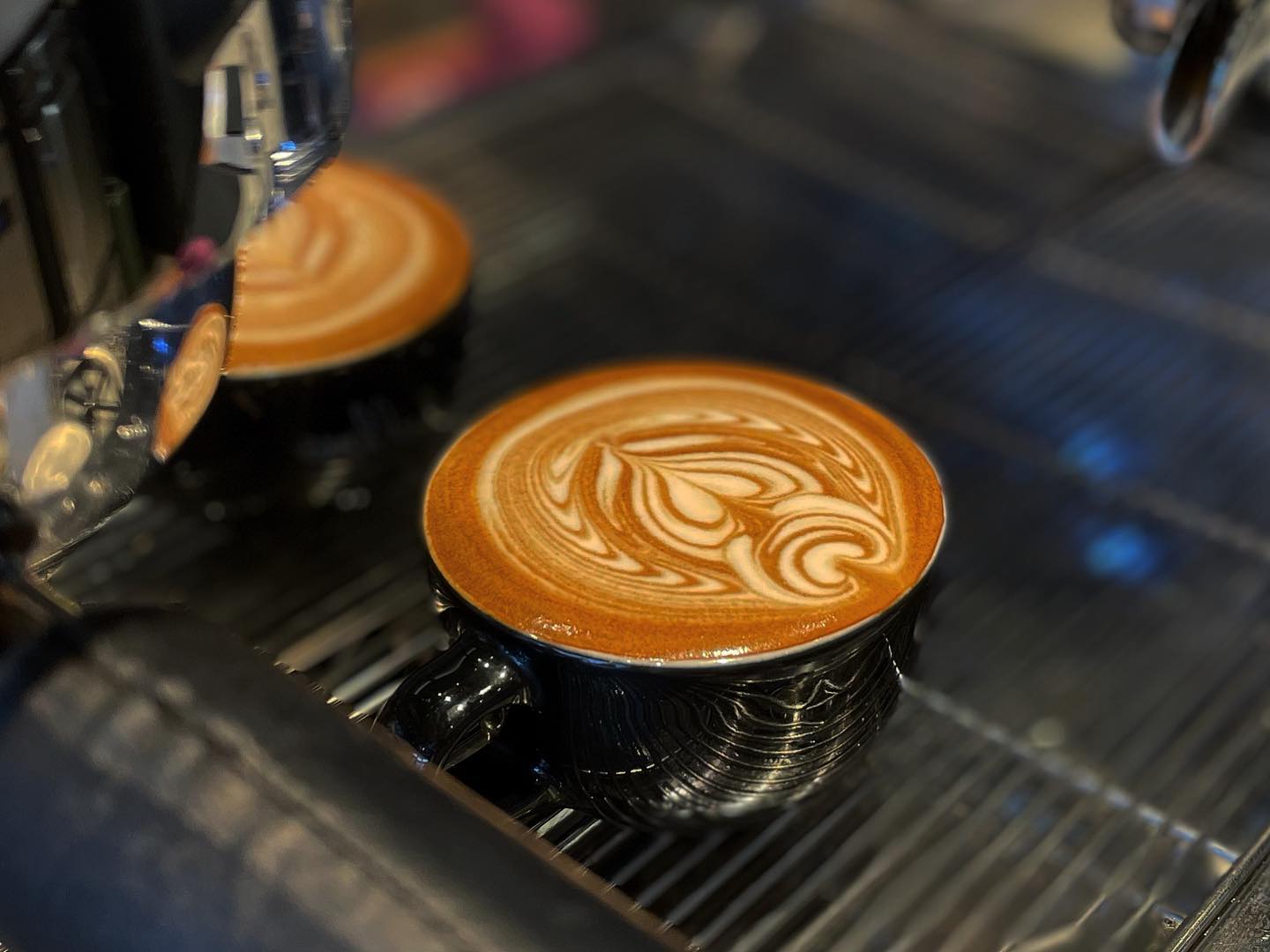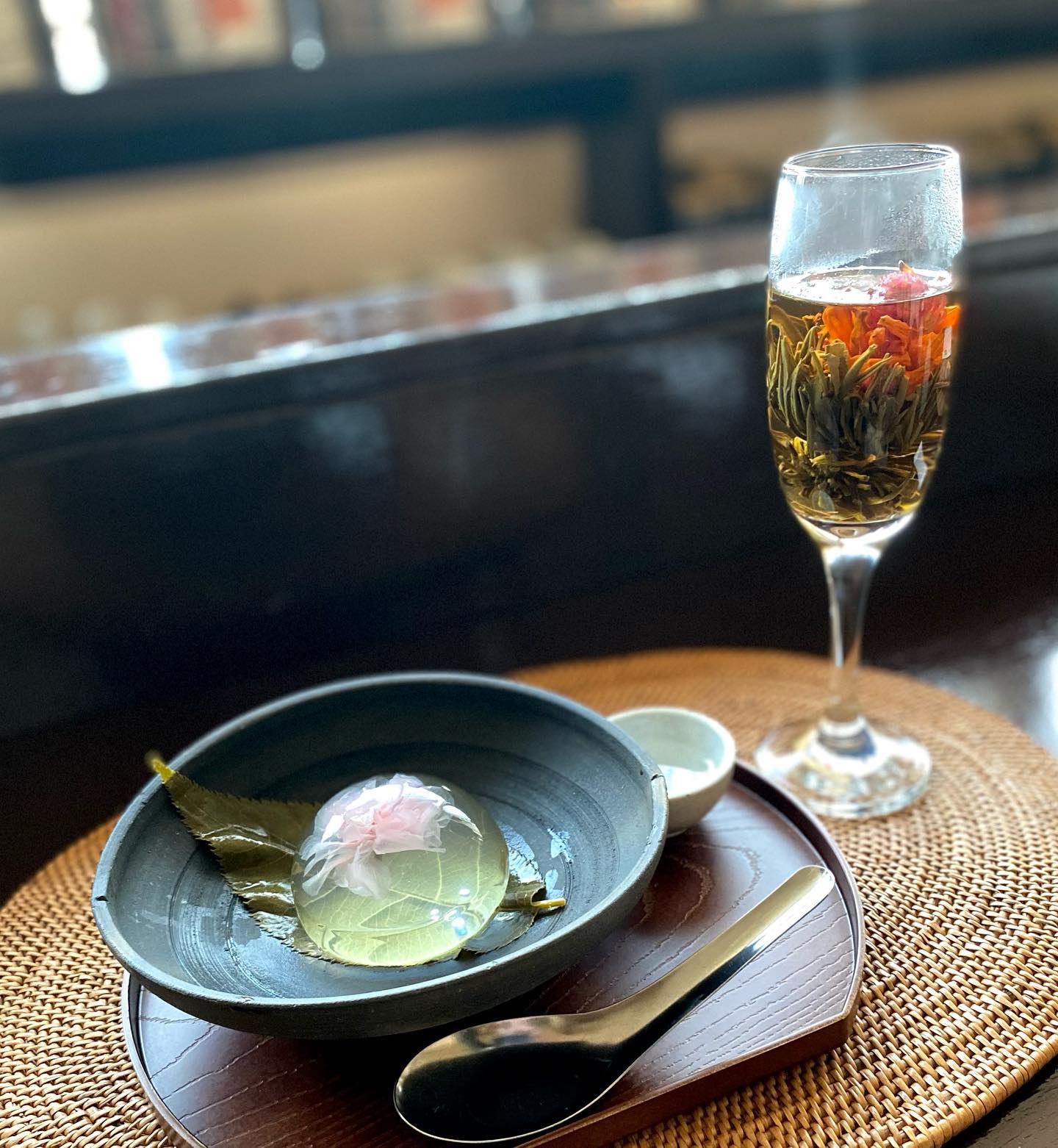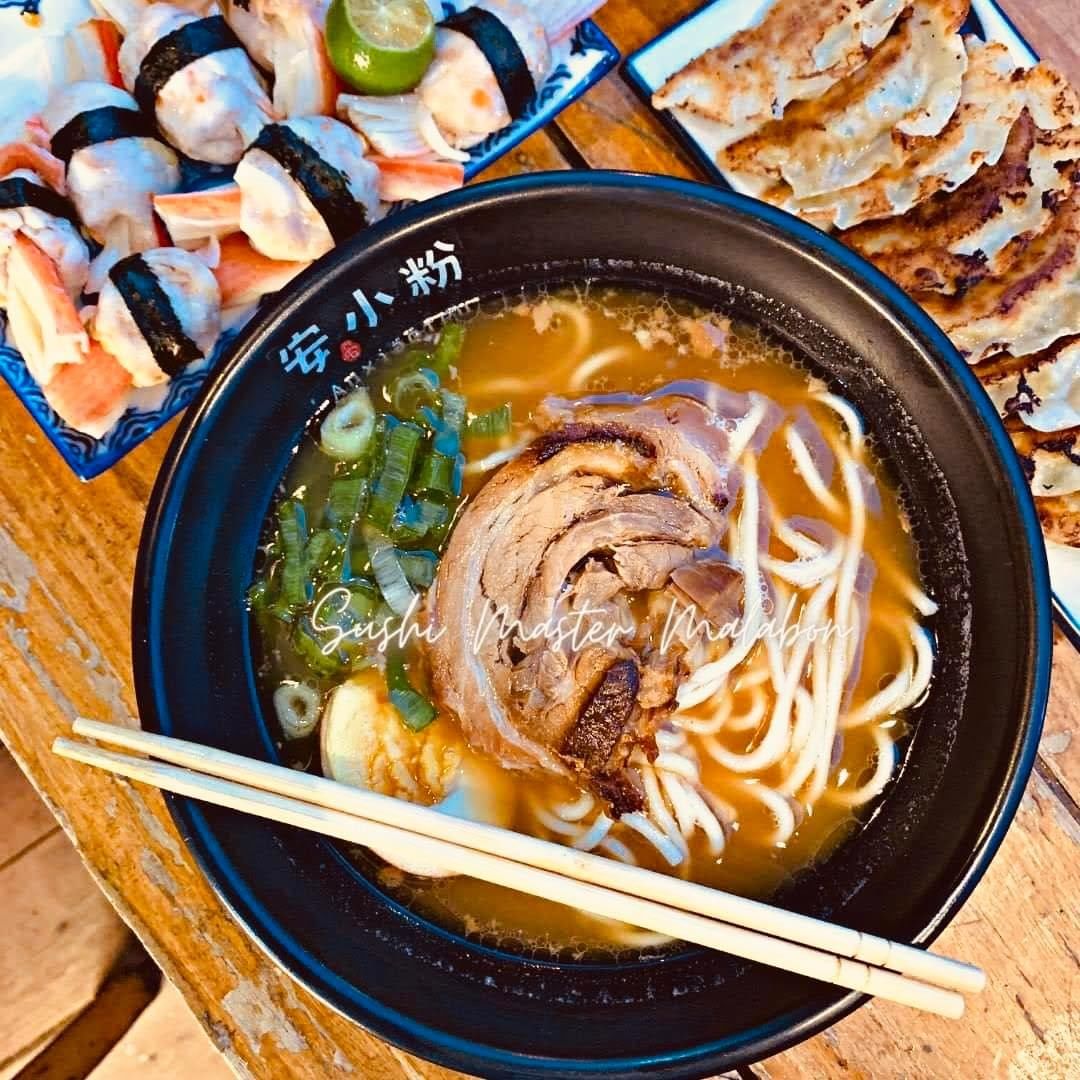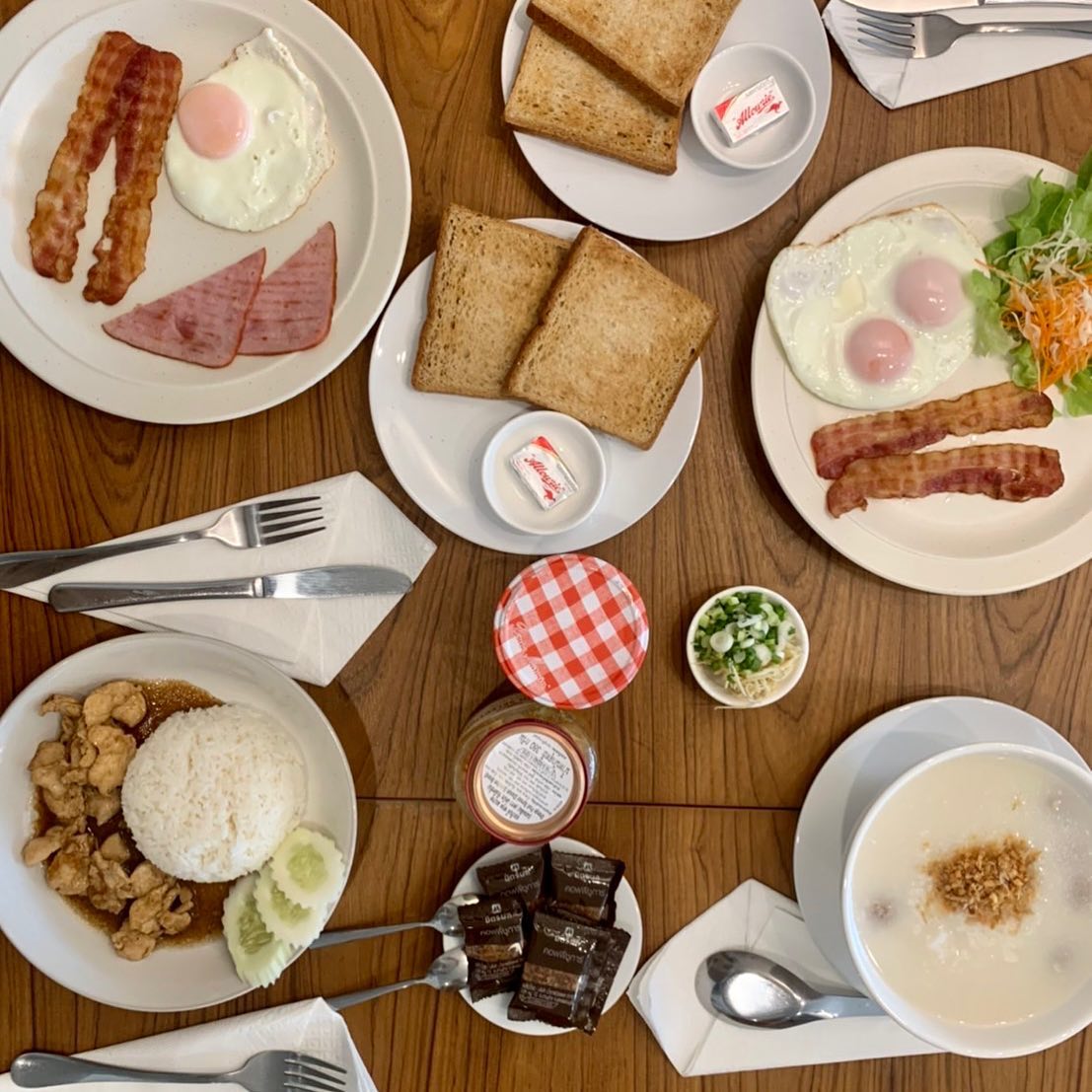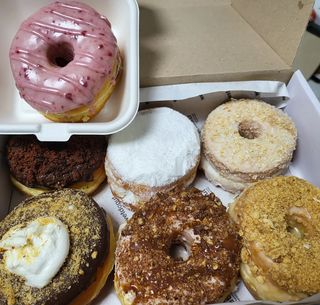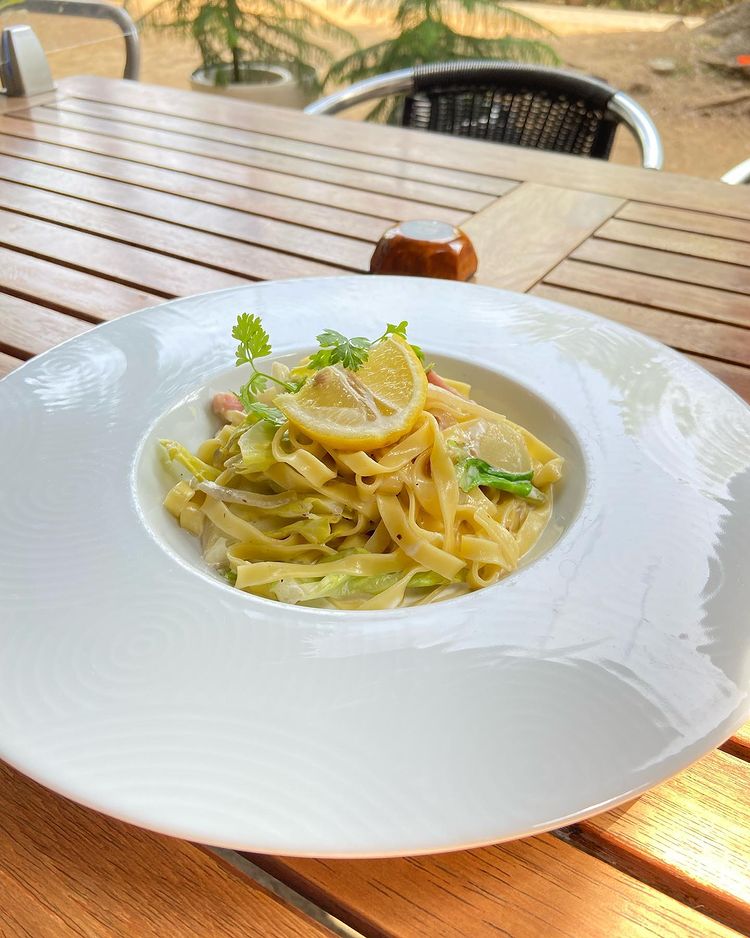Few drinks balance cultural heritage and modern indulgence quite like the chai latte. Rooted in ancient Indian traditions and transformed through the lens of Western café culture, this warm, spiced drink continues to enchant tea lovers across the globe. From its ancient Indian subcontinent roots to its frothy rise in every major coffee shop, the chai latte is more than a beverage—it’s a ritual, a comfort, and a story in a cup.
Origins and History
The Birthplace of Chai
Chai, which means “tea” in Hindi, has its origins in the Indian subcontinent. It dates back over 5,000 years when ancient Indian royalty used a blend of spices for medicinal purposes. This was long before the arrival of actual tea leaves. Eventually, the infusion evolved into masala chai, a mix of black tea leaves, aromatic spices, milk, and sweetener. The arrival of tea plantations through the British East India Company helped integrate black tea into the existing spiced beverage, shaping what we now recognize as traditional chai.
Prepared daily in homes and sold on bustling streets, chai became a cultural cornerstone. Known as cutting chai in Mumbai, it’s served in small glasses and consumed quickly between work and travel, offering energy and warmth in every sip.
Evolution into Chai Latte
The Westernized chai latte was born as a reimagining of masala chai. Inspired by the popularity of café-style drinks, baristas fused traditional Indian spices with steamed milk and café-style presentation. This latte version—often sweetened and made using chai concentrate or instant blend powders—rose to popularity alongside beverages like the Turmeric latte, Pumpkin Spice Latte, and Gingerbread oatmilk chai latte, becoming a staple in trendy coffee shops and eco home kitchens.
Chai Latte vs. Tea and Coffee
Is Chai Latte Considered Tea?
Technically, yes. A chai latte begins with chai tea (black tea infused with spices). However, it’s elevated into something creamier and more indulgent with the addition of frothed milk, transforming it into a “tea latte.” It occupies a unique space between traditional herbal infusions and milky café-style drinks.
Comparing with Coffee
Unlike espresso-based drinks, a chai latte offers warmth without bitterness. It contains lower caffeine levels, making it a perfect alternative for those who want the café experience without the jolt of a double espresso shot. The caffeine content depends on the type and quantity of tea leaves used, usually ranging from 25–50mg per cup—much less than coffee but more than herbal teas.
Key Ingredients
Common Spices
- Cinnamon sticks or ground cinnamon
- Cardamom pods (green or black)
- Star anise
- Cloves powder or ground cloves
- Ginger (fresh or dried)
- Fennel seeds
- Allspice powder or Mulling Spices blends
- Optional: black peppercorns, nutmeg, or curry powder for extra heat
Types of Tea
- Assam: robust, malty flavor ideal for strong chai
- English Breakfast: balanced and smooth
- Darjeeling: floral and light, perfect for subtle blends
- Earl Grey: infused with bergamot for a citrusy twist
- Organic chai blends, often including pre-mixed spices
Sweeteners
- Traditional: white sugar, jaggery, or honey
- Modern: maple syrup, brown sugar, vanilla extract, or Coconut Oil
Making Chai Latte at Home
Authentic Chai Latte Recipe
Ingredients:
- 1.5 cups hot water
- 2 teaspoons loose leaf tea (Assam or English Breakfast)
- 1/2 teaspoon each of: ground cinnamon, cardamom, cloves, ginger, and fennel seeds
- 1 cup milk (whole, skimmed milk, coconut milk, or barista blend)
- 1–2 teaspoons sweetener (to taste)
Instructions:
- Boil water in a saucepan or electric tea kettle.
- Add tea leaves and spices. Simmer for 5–10 minutes.
- Stir in milk and sweetener.
- Simmer for another 2–3 minutes.
- Strain into a heat-proof mug.
- Froth additional milk using a milk frother and top your drink.
- Garnish with cinnamon powder or a piece of star anise.
Hot Variation Instructions
Use tea bags for convenience. Steep with spices in boiling water, heat milk separately, then combine with frothed topping.
Iced Chai Latte Method
- Brew a strong chai concentrate using black tea and spices.
- Let cool and store in a mason jar.
- Pour over ice in a tall glass.
- Add cold milk or dairy-free alternative.
- Top with a spoonful of milk froth or foam.
- Sweeten with maple syrup for extra flavor.
Selecting Ingredients
Best Black Tea for Chai
Choose bold, full-bodied black teas like Assam or Darjeeling. Avoid overly subtle teas that can get lost among the spices.
Choosing Sweeteners
- Traditional: white sugar, jaggery
- Modern: vanilla extract, maple syrup, or low-calorie natural alternatives like stevia
Sweeteners not only balance flavor but also enhance the aroma and mouthfeel of your chai.
Health Benefits
Antioxidant Properties
Black tea is packed with polyphenols that help neutralize free radicals in the body, potentially reducing inflammation and boosting immunity.
Anti-inflammatory Effects
Spices like ginger, clove, cardamom, and cinnamon are renowned in Ayurvedic medicine for their healing and anti-inflammatory benefits.
Caffeine Content
A typical chai latte has less caffeine than coffee but more than herbal teas. It provides a gentle lift—perfect for mid-day focus without the crash.
Enhancing the Flavor
Expert Tips and Techniques
- Use a spice grinder for fresh-ground flavor
- Roast whole spices lightly before simmering to intensify aroma
- Use frothed milk from a milk frother for barista-level texture
- Add a few drops of vanilla extract or organic cocoa powder for a dessert-like twist
Ritualizing Chai Latte
Turn your chai-making into a calming ritual. Brew it slowly, read a book, and pair with ginger biscuits, home baking, or quiet reflection. Chai can be your moment of mindfulness amid a busy day.
Checkout: Top 5 Coffee Shops in Rhyl
Ready-Mix and Commercial Options
Cafe-Style Products
- Many coffee shops use chai pumps with sweetened chai concentrate.
- You can replicate this at home with brands like Tazo, Oregon Chai, or Sweet Rev Admin blends.
Spiced Chai Latte Mixes
- Found in powdered forms with Dried Glucose Syrup, Modified Starch, and flavor enhancers
- Often available in instant blend packets for travel or busy mornings
- Look for seasonal varieties like pumpkin spice or gingerbread oatmilk chai latte
The chai latte is more than a drink. It’s a legacy of storytelling, health, comfort, and craft. Whether you prepare it in a saucepan with storecupboard spices, sip it chilled with coconut milk on a sunny day, or grab a bottle of chai concentrate for a quick fix, this flavorful, frothy fusion invites you to pause, reflect, and savor the moment—one delicious sip at a time.
FAQs (Frequently Asked Questions)
Chai, short for masala chai, is a traditional Indian tea brewed with black tea, milk, sugar, and spices. A chai latte is a Western variation that blends chai spices with frothed milk, mimicking the texture and presentation of a coffee latte.
Yes. You can froth milk by shaking it in a jar and microwaving it briefly or by whisking vigorously in a saucepan. A French press can also create frothy milk by pumping the plunger rapidly.
Yes, chai lattes contain caffeine from the black tea used, though significantly less than coffee. Depending on the tea type, a cup can contain 25–50mg of caffeine.
Whole milk offers a rich, creamy texture, but barista blend oat, almond, or coconut milk also work well for dairy-free options, especially when frothed properly.
Absolutely. Instant blend, powdered blend, and chai concentrate options are great for convenience. Just check the label for added sugars or preservatives if you’re mindful of ingredients.
